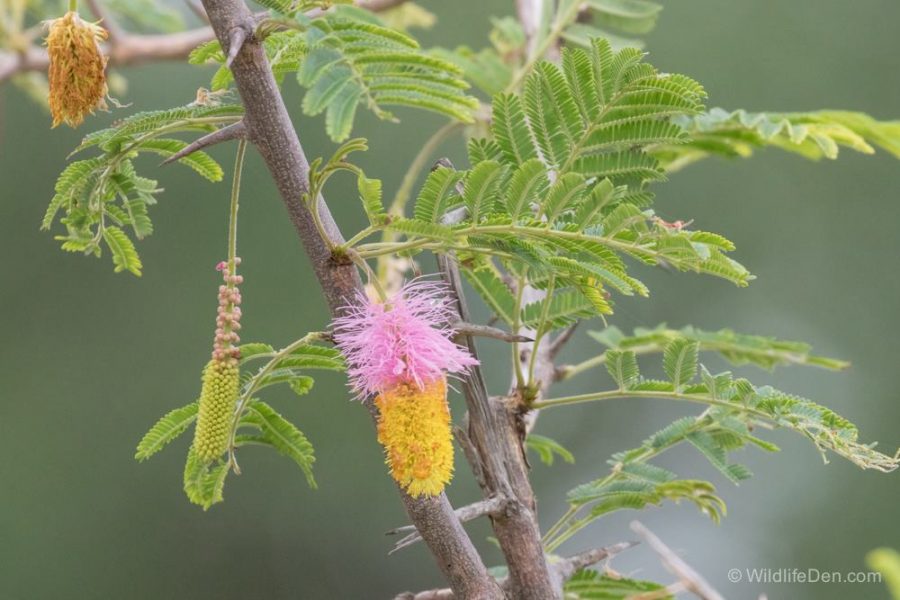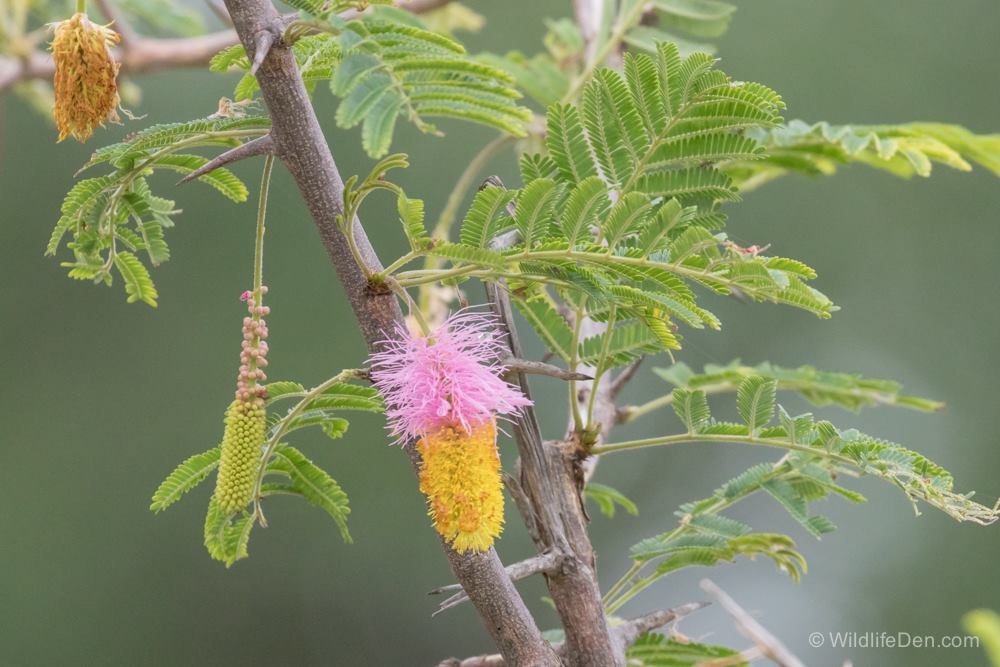
Amateur South African Botanist: Do Yourself a Favour – Plant a Sickle Bush in Your Garden
We all want beautiful gardens, but it’s possible to have a lovely garden and have little impact on the world we live in. In fact, with the pressure of rural development on nature reserves, it’s our obligation to create new safe zones in our suburbs for bugs and birds, writes Nick Bredenkamp, South African freelance game […]

We all want beautiful gardens, but it’s possible to have a lovely garden and have little impact on the world we live in. In fact, with the pressure of rural development on nature reserves, it’s our obligation to create new safe zones in our suburbs for bugs and birds, writes Nick Bredenkamp, South African freelance game ranger, avid traveller and amateur botanist. Durban-based Nick has a particular passion for preserving plant life and for conservation management and says we should ‘do ourselves a favour’ and plant a Sickle Bush in our gardens. Read his tips below…

Correct indigenous gardening is planting what was historically in the various regions of SA, and how we can truly make our homes supportive of our local biodiversity.
In my job, I mostly work with school groups and university students and try to spend more of my energy on education than tourism. We don’t need to know the scientific name of every tree, the genetic relationships, etc.
It’s important to know what plants belong in your garden, and what irresponsible gardening is.
It’s important to know why we need insects in our gardens, and why having caterpillars on your leaves is a good thing.
It’s important to know what legumes are, and why we should have them in our gardens and where.
It’s important to know why garden poisons are far worse for the environment than we could ever imagine, and it’s important to preserve our grasslands.
I recently was out in Sri Lanka working with Asian Elephants and studying the impact of rice farms on the environment. Right now I’m concentrating on helping people manage their environmental impact at home, and getting students more aware of the environment,
There are plenty of snake catchers and Big 5 chasers (not to discredit them, they do great work) but I feel that people don’t pay attention to the core of the environment, our plants.
It’s my hope that I can change the way that people think and that in future decades we can reverse our impact on our suburbs, as all wars must first be fought at home.
Support Local Biodiversity
Plant a Sickle Bush (Dichrostachys cinerea) in the corners of your garden, you’ll thank yourself later.
Better yet, plant a hedge of it against your back wall.
This “weed” (as they’re known on nature reserves and farms) is 100% local and is an incredibly important part of any ecosystem throughout Africa.
Sickle bushes are aggressive pioneer plants, and are amongst the first woody plants to re-colonize an area after a fire or overgrazing has knocked out the grasses. They grow fast, blanket whole areas, and spread like wildfire in disturbed soils, and are covered in vicious thorns that making clearing them a nightmare to clear.
All this makes them one of the worst invasives in the world (in areas that they are not native to, mostly the Americas). This is a GOOD thing if you are a South African gardener who lives anywhere near open plots of land (which are likely smothered in aggressive alien plants).

Sickle Bush is one of the few local plants that can out-compete alien species that are destroying our South African ecosystems.
They are also members of the pea family, making them nitrogen fixers, and thus improving soil quality in the areas they occupy. Pea family members have bacterial galls all along their root structures, housing cyanobacteria that convert ammonia (commonly found in plant-killing dog pee) into nitrates and nitrites, which are highly beneficial to plant growth, unlike said dog pee!
 Sickle Bush is also 100% non-toxic, with the seed pods, flowers, and leaves being a HIGHLY important food source to monkeys, birds, and other critters.
Sickle Bush is also 100% non-toxic, with the seed pods, flowers, and leaves being a HIGHLY important food source to monkeys, birds, and other critters.
Next time you complain that the monkeys are stealing your food, remember that we cut down all their edible trees and flooded our suburbs with “pretty” toxic trees from Asia and the Americas. Birds and monkeys will also help spread these seeds to outlying areas, passively helping sickle bush compete with alien vegetation.
The Bark also is good for people, making a great tea for curing stomach complaints.
Sickle Bush is also an incredibly important habitat plant for prinias, larks, cisticolas, and various other little passerines, who are very territorial and will take control of one of these bushes for their little empires.
Shrikes also thrive on sickle bush for them to mark their territories with dead insects, as they are incredibly thorny. These thorns are of particular benefit to SA gardens, as the thick wall of thorns provide much needed security to our gardens, without the ugly overhang of rusty razorwire.
Sickle Bush is also, quite simply, extremely pretty.

The fine leaves and lovely, bicoloured flowered will remind many of a touch-me-not.
The pods, besides feeding our local animals, also have their own charm. Just be ready to weed out any new seedlings that pop up in you garden.
Better yet, put the seedlings in bags, and give them to people who want them. The old branches make GREAT firewood, as they’re slow burning and completely safe to cook on.
Do yourself a favour and plant a sickle bush in your garden.

FOLLOW NICK BREDENKAMP on Facebook for more valuable insight on the nature around us.
